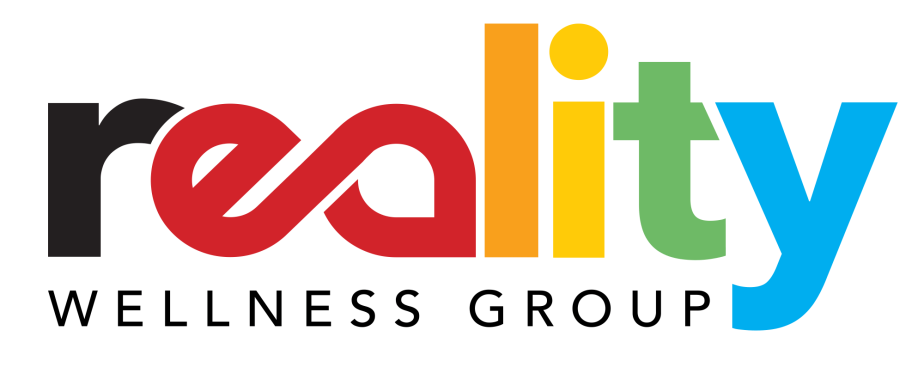How are you going to help your employees thrive this year?
- Charmaine Sheen

- Jan 21, 2021
- 3 min read
Whilst covid-19 may have thrown a spanner in the works; our employees still spend a third of their time working (albeit now from the home office). We're no strangers to the fact that our general wellbeing is both affected by work and impacts our output quality.
Long gone are the days where wellbeing was a buzzword; in fact, now more than ever, the global pandemic has highlighted the role of employers in supporting their employees in the management of their physical, mental, emotional and social wellbeing.
Thrive: (verb) meaning to prosper or flourish.
To describe your employees as thriving suggests that they are successful, happy, healthy or strong. Perhaps you'd like to do a quick pulse check; how many of your employees would use one of these words, or something similar, to describe their current state of wellbeing? I'm going to go out on a limb here and assume not many!
The Human Resources community of any organisation is a valuable partner in the employee's journey to better health and wellbeing. Managers and leaders within an organisation have a responsibility towards cultivating an organisational culture that promotes its employees' wellbeing.
What can we, as HR or Wellness practitioners do differently in 2021?

1. You've got to walk the wellness talk
You can't pop off an email inviting employees to participate in wellness screening or a virtual talk on resilience and expect a good uptake. The reality is, healthy behaviour starts at the top, and you and your team of leaders should be leading by example.
I can't overemphasise the importance of leaders as advocates for health and wellbeing. You should be visible, putting your hand-up and participating in the wellness activities your organisation has to offer. In doing so, you not only reinforce an organisational culture that prioritises employee wellbeing, but you also create opportunities for dialogue around work-life balance, mental health and burnout.
2. Put your feelers out to gauge enthusiasm
You can't keep doing what you've always done. You need to regularly check-in with employees, investigating what is working well and what needs to change. Whilst we can measure and quantify wellness return on investment through participation rates, sick leave, etc., one shouldn't underestimate the value of quantitative data, primarily through regular feedback on the quality and type of content. Feedback will go a long way in keeping your employees engaged, ensuring sustained participation in the long run.
Make a point to tweak your offering, try something new and ask your audience for suggestions.
3. Provide an inclusive wellness offering
Be mindful of your audience by offering a holistic programme that promotes your employees' diverse needs and genuinely creates an inclusive environment.
Include-empower.com provides a fantastic overview of the relationship between D&I in wellness:
Workplaces that are inclusive tend to foster enhanced wellbeing
Employees with high-levels of wellbeing tend to be more inclusive
Wellness Programmes should accommodate the unique needs of different employees
Recognise that mental health and wellbeing are in themselves a diversity requirement
The global pandemic has very much thrown corporate wellness into the limelight once again. Most organisations spent a large part of the last year grappling with the change, and stress covid-19 has hurled at the world – this year, I encourage you to take some time out to redefine wellbeing and wellness for your organisation. Perhaps we can help our employees thrive this year!
























Comments